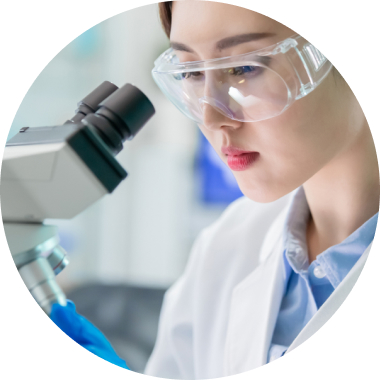What is the lab of the future?
The lab of the future will be centered on technology and data. Most of the laboratory operations will be automated using technology, especially robotics. The automated system will churn data that will be managed by an integrated information system that has data management and analytics tools.
Automation
The lab of the future, to begin with, will be highly automated, assisted by robotics technology. End-to-end workflows will be monitored to ensure the precise use of resources hence making operations highly efficient and requiring minimal personnel. The small lab personnel will, therefore, be more focused on critical thinking tasks. Such a laboratory will therefore also be sustainable as the use of resources will be highly effective hence also making such labs eco-friendly.
Internet of Things
Due to the interconnectivity of things, including instruments and personnel, the data degenerated becomes enormous. Nonetheless, this data is managed in an ecosystem of integrated informatics with access to data management and analytics tools. As a result, instead of scientists spending a large proportion of time manually manipulating data, they spend more time assessing insights from the data analytics tools. Foresight is also drawn from data analytics using tools such as AI systems. The laboratory is, therefore, for example, able to pre-empt consumable shortages in the supply chain and make necessary mitigation plans beforehand.
Due to the high connectivity in the lab, collaboration is made easier and efficient making research even more potent in producing innovative solutions to challenges. Personnel will also have high-tech wearables, within the lab’s internet of things, hence allowing management of staff, and their authorization, which thence improves safety.
Virtual Reality
Labs of the future will also integrate virtual reality which allows aspects of the lab to be assessed remotely for purposes such as training. Virtual reality would allow for a controlled learning environment and minimize resource wastage in the training of professional inductees and students.



